The short-leg Munchkin cats are popular for their leg size; they’re the original dwarf cats. Their other name is `Sausage cat.` A genetic mutation causes the leg size.
The genetic mutation isn’t new at all, but the Munchkin is a rare case. They were not recognized till the early 1990s.
The name `Munchkin` came from the book `The Wonderful Wizard of oz,` written by L. Frank Baum in the 1900s. Though their legs are short, their bodies grow like other cats as they become adults.
Jump to section
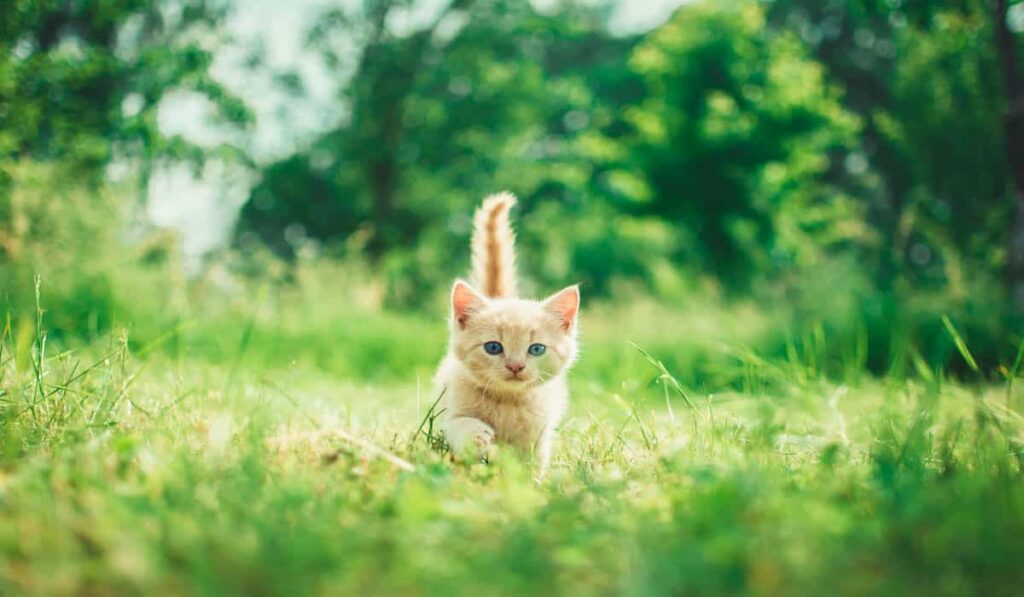
Breed specialty of Munchkin Cat:
Personality
Very energetic, love to play, and sociable.
Weight
Up to 9 pounds.
Length
About 18 inches long.
Life span
10 to 15 years.
Eye color
Maximum colors are available. Especially Blue, Brown, Copper, Green, and Yellow.
Coat color
No particular colors, can get in any color.
Fur length
Short, medium, and long.
Coat patterns
Bicolor, Solid, Calico, Tortoiseshell, Tabby, etc.
Origin
United Kingdom.
Origin of Munchkin Cat breed:
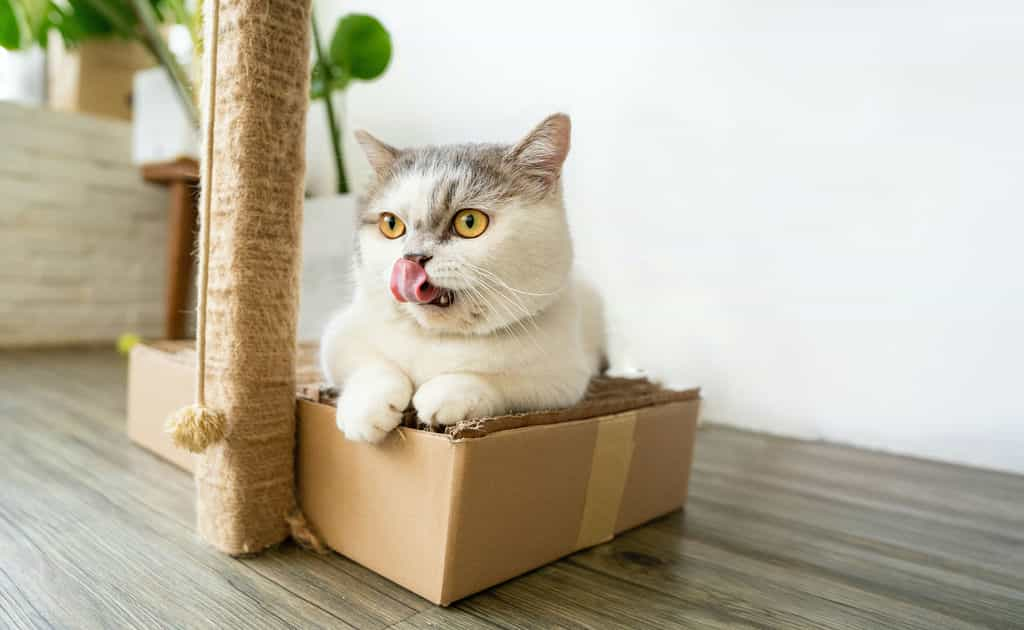
I have mentioned that the Munchkins result from a natural genetic mutation, not a human-selected breed. They’re dwarf cats because of their significant short legs.
A British veterinarian described some short-leg breeds in 1940. During World War II, One breed of those was missing. Later in 1953, a short-leg cat was discovered in Stalingrad, Soviet Union.
After many years, an American cat breeder named Sandra Hochenedel discovered a short breed in Louisiana, USA. She gave a name to that cat, Blackberry.
Blackberry was half short-legged and considered the ancestor of today’s Munchkins. The Munchkins didn’t get recognition easily because of its controversial breeding.
In 1991, The International Cat Association ( TICA) introduced Munchkin in a cat show on Television in Oklahoma City.
The enthusiasts and cat breeders didn’t accept the breed. This matter became a court case. This controversy went on for many years.
Finally, Munchkins achieved The International Cat Association Championship status in 2003 and were accepted as a new breed of cat.
Appearance Of Munchkin Cat:
The Munchkins are very cute and good-looking during their whole life. They’re not the smallest cat in the world, but they are now recognized as a small breed.
They are called `Sausage cats and kitten’s due to their round body and short legs. Some of them are medium-sized for the sake of cross-breeding.
The male cats are always larger than the females but usually can’t get more than 9 pounds.
Their body is well-structured and firm.
Chest is well-rounded.
The coats are silky and plush as the inheritance of their parents.
Their body always looks elongated in proportion.
They also look dwarfed because their short legs don’t match their body. All four legs are pointed and straight, neither inward nor outward. The forelegs are shorter than the back legs and a bit bowed, but you can’t notice it immediately.
The paws are small.
Their face is small, and the ears are medium in proportion with the head, wide from the root, thin from the upper portion, and pointed.
Eyes are very big, floating, and timid all the time. The nose is straight, and the mouth is small.
The head is small and round.
The coat colors have varieties and are short and medium in size.
The tail is medium in size and straight and carried erect when in motion.
Temperament and nature Of Munchkin Cat:
The Munchkins are very fond of glossy things, and if it takes your favorite jewelry, then don’t get astonished.
They’re compared with the Ferrets because of their running with short legs.
Their energy level is very high. They’re very energetic, love to play, and are always curious. Very intelligent and friendly.
The Munchkins can be bred with a wide range, but they’re bonafide felines. They are very quick learners. All in all, they’re very lovable, affectionate, friendly, and very sensitive by nature.
Affection level | High |
Friendliness | High |
Kid- friendliness | High |
Pet-friendly | High |
Exercise needs | High |
Playfulness | High |
Energy level | High |
Tendency to vocalize | Medium |
Amount of shading | HIGH |
Caring Tips for Munchkin:
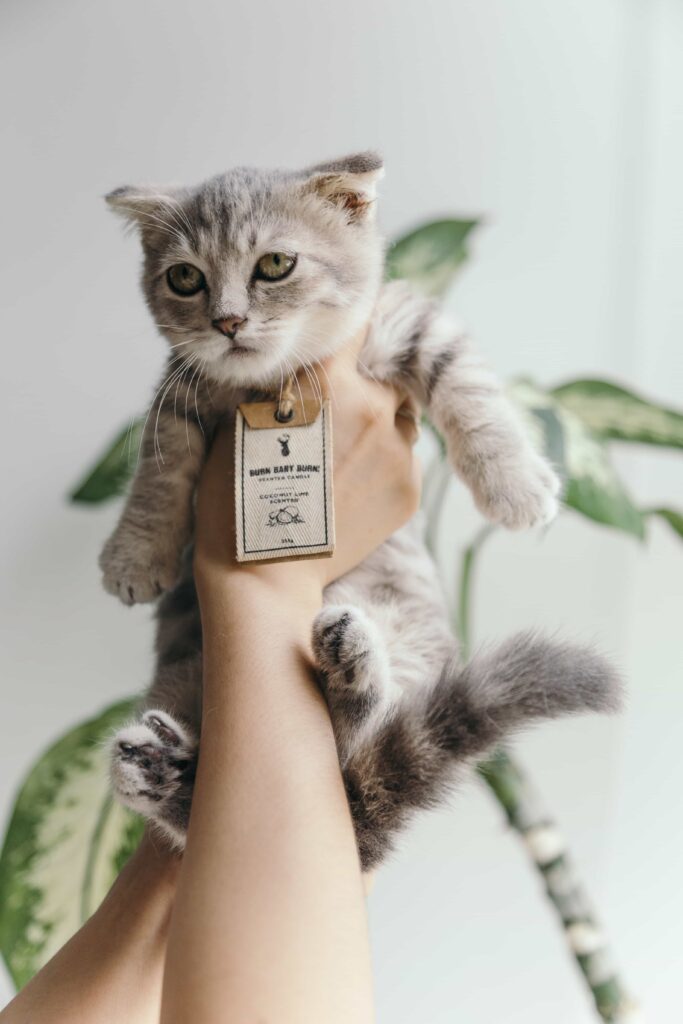
There is no extra care needed to take care of the Munchkins. You may follow these steps mentioned below-
Provide them with comfortable bedding for sufficient rest.
Don’t let them go out alone; always keep them indoors.
If they want to go outside, take them for a short walk with trusted someone.
You must maintain a litter box for your pet.
Clean it once a week with detergent; don’t use it until it gets dry. Then add a fresh layer of litter.
Brush your Munchkin according to its need. A short coat Munchkin needs brushing once a week, and a long coat needs at least twice ( Thrice in Winter) brushing.
Brush their teeth regularly and trim their nails according to how fast it grows.
Take it to the Veterinarian twice a year and ask them how to brush your pet’s teeth.
Socialize with them and engage in playing. Provide shiny and movable toys.
Their colors should be eye-catching so that your Muchkin gets attracted to them.
Rat toys are the best for Muchkins.
Spend some time with your pet daily. Don’t make them feel ignored.
Always pay attention to your cat’s body language.
Teach your children to treat all animals with care and respect.
Munchkins are fond of playing. So, keep a cat tree to learn hi jump because they can’t jump highly because of their short legs.
Health and problems Of Munchkin Cat:

Usually, the Munchkins are healthy. They don’t suffer from diseases. You can expect a healthy life for your one.
But get prepared if your Munchkin suffers from these diseases:
Hyperthyroidism
which causes obesity; Pancreatitis- which causes digestive problems;
Uremia
kidney failure at the last stage; Feline Lower Urinary Tract Disease (FLUTD);
Lymphosarcoma
which causes Cancer in the Lymphoid tissue Lordosis- affects the spinal cord.
Pectus Excavatum
which causes the funnel chest or chest bone deformity.
So, give your Munchkin a limited diet and take it for a regular check-up.
Food and nutrition Tips for Munchkin :
The Munchkins are Carnivorous like other cats. So, feed them according to their age, needs, and lifestyle and provide them with fresh and clean water.
Don’t give them vegetables, fruits, and carbohydrates. Carbohydrates cause diabetes.
You also provide can foods that contain different nutrients.
Don’t let the food free. Maintain a routine of a healthy diet.
Fun facts About Munchkin Cat
Despite their short legs, they’re very fast and furious.
A very interesting origin because of its breed history.
They stand in a unique standing style. Seems that they’re facing difficulties standing but not at all.
Though the breed is recognized as short-legged, they are available in different leg lengths but are basically short-legged. Their coat types are also different.
They look like kittens their entire lives.
Important things you need to know about the breed:
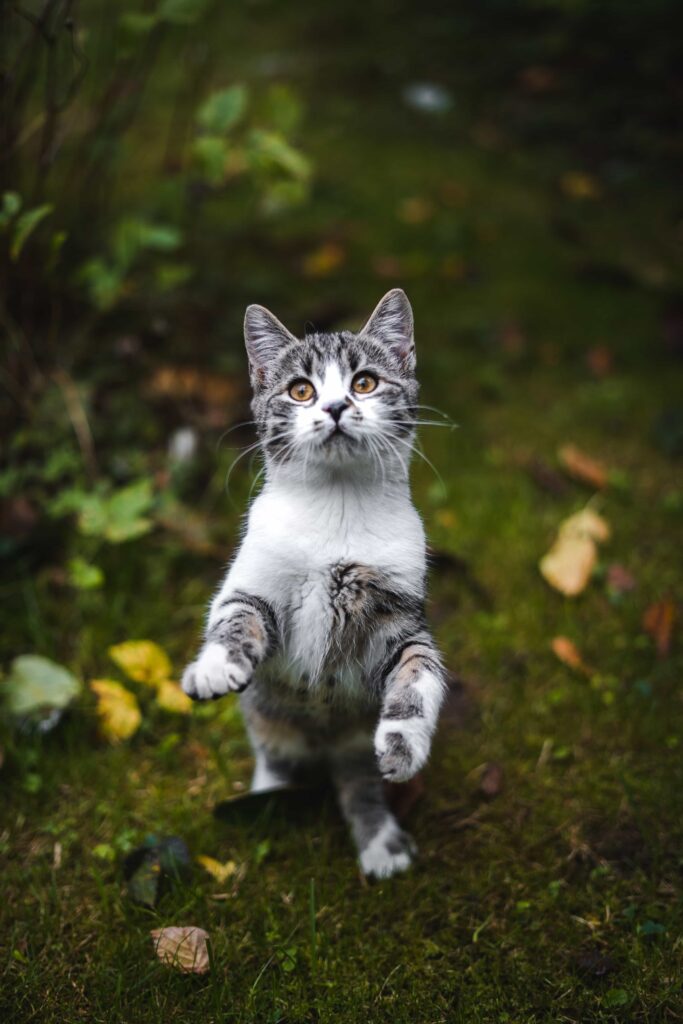
The Munchkin is an accidental discovery. In the 1980s, A schoolteacher in the USA found 2 pregnant short-legged cats hiding under her car.
So, they’re the ancestors of the Munchkin- it is believed.
There are 3 types of Muchkins- Standard, Sper-short, and rug hugger.
They are very fond of glossy things. So keep your jewelry out of their reach.
Munchkin cats are dwarf but are the most typical, just like other cats. The limitations are only in their short legs. They can’t jump and climb like other cats.
In the 1950s, the short-legged cats were named ‘Stalingrad Kangaroo Cats’ because they always sat on their haunches.
The hindlegs are longer than the forelegs of Munchkin cats. For this reason, they can perch on their hind legs like prairie dogs.
Overview of Munchkin cats:
A very cute, sweet, short-legged dwarf breed is Munchkin. However, their rising was controversial as their legs were abnormally short.
But the breed doesn’t have skeletal issues to run. They participated in the championship with short legs.
So, if you like the trait, you can perpetuate its friendliness and playfulness.
How to choose a Munchkin breeder:
You must be patient to find a reputed breeder to get your adorable Munchkin.
Visit the website of Fancier’s Breeder Referral List and The International Cat Association (TICA).
Reputed breeders abide by the code of ethics that they are responsible to the pets and their owners even after the deal.
Run away from those breeders who told you that their pets don’t have any issues. Many reputable brewers have their websites.
So, visit there and choose the best breeder for your kitty. Reputed breeders don’t send newborn kitties until they reach 16 weeks of age. Wait till you get the most dependable and trusted breeder for two ways of dealing.
Adopting a Munchkin from the Rescue center or Shelter:
Search for the websites:
You can search on Petfinder.com and adopt-a-pet.com to get a Munchkin in your area. You can search very specifically.
For example, house training status or available Munchkins all over the country, etc., animalshelter.org and newspapers can help you.
Social media can also be a good source of getting pets. You can post about your desire so that your friends can help you.
Reach out to local experts:
There are vets, cat sitters, and groomers in your area. If any unfortunate pet is abandoned by its owner, then those experts can meet you with the pet.
Contact breed rescues:
Breed clubs have rescue groups to rescue pets and handover them over to new owners. Contact Fancier’s Breeder Referral List and other rescue groups nearby.
Questions to ask the breeder or seller while you adopt a pet- ask about the pet’s energy level, its behavior towards other animals, how much friendly it is with toddlers and children, visitors, and workers of the home, about their age, likes- dislikes, litter box training, temperament and nature, and health issues.
Other important things are- to make sure that the breeder or seller provides a certificate that he will follow the pet lemon laws so that both sides bear the responsibilities of the pets.
Take your Munchkin to the Veterinarian soon after adoption, whether a kitten or adult, for a health check-up.
Things to consider before adopting a Munchkin cat:
A controversial breed.
You can’t take care of and groom them alone. You need professional groomers.
Munchkins are more prone to injury, especially since you can’t leave them at a height such as countertops.
There is a high chance that they fall and get injured.


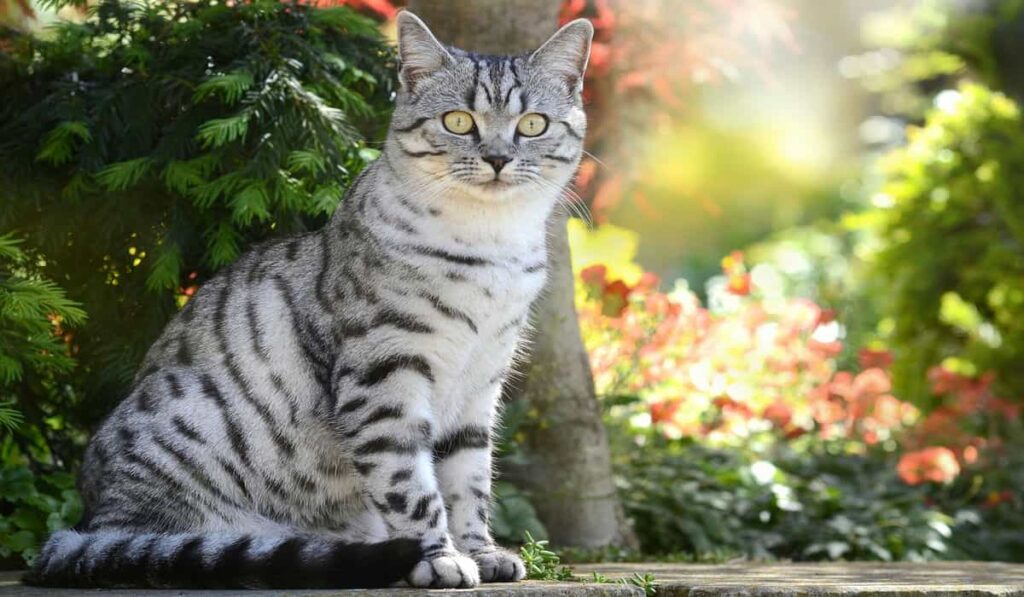

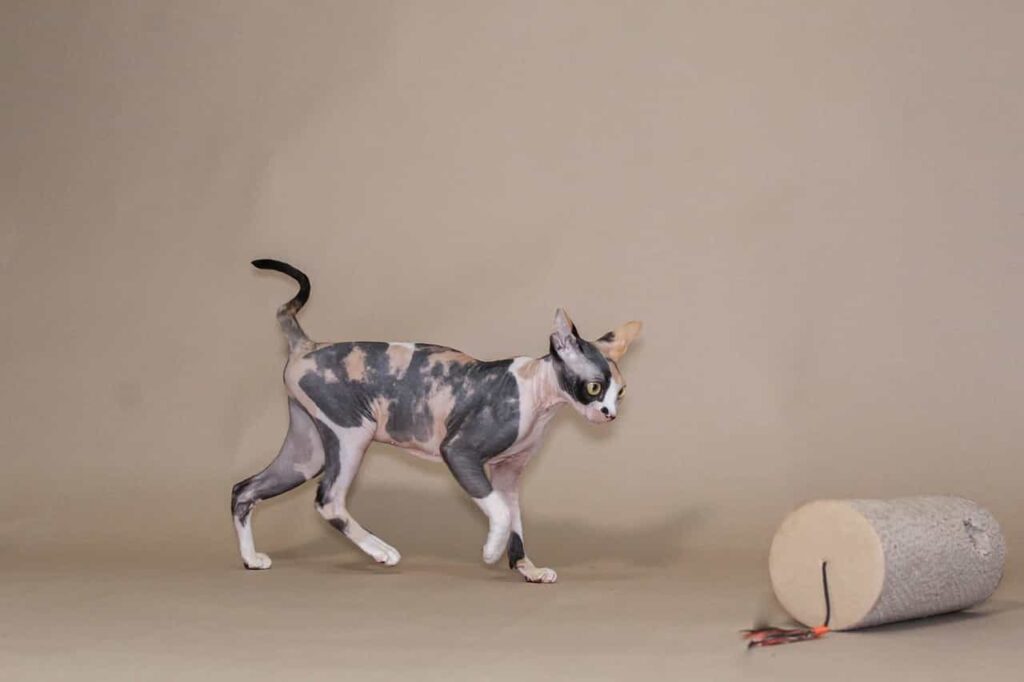
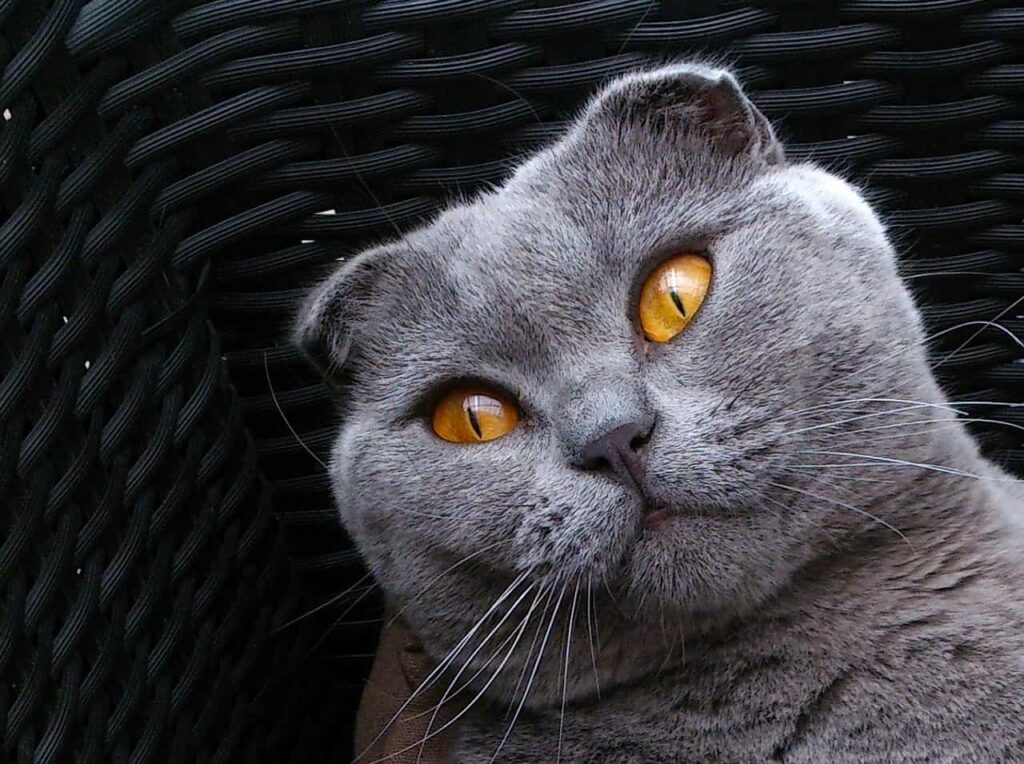
Pingback: The Truth About Minuet Cats: Myths, Facts, and Secrets Revealed